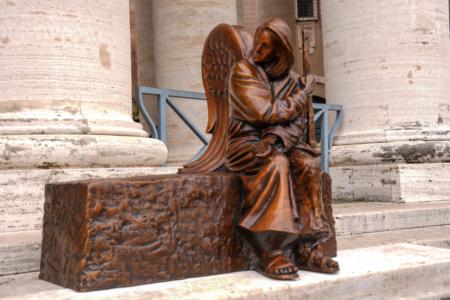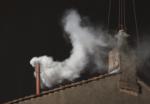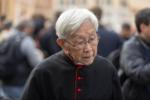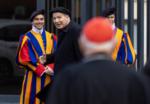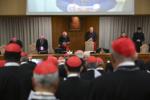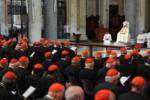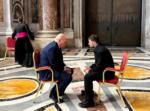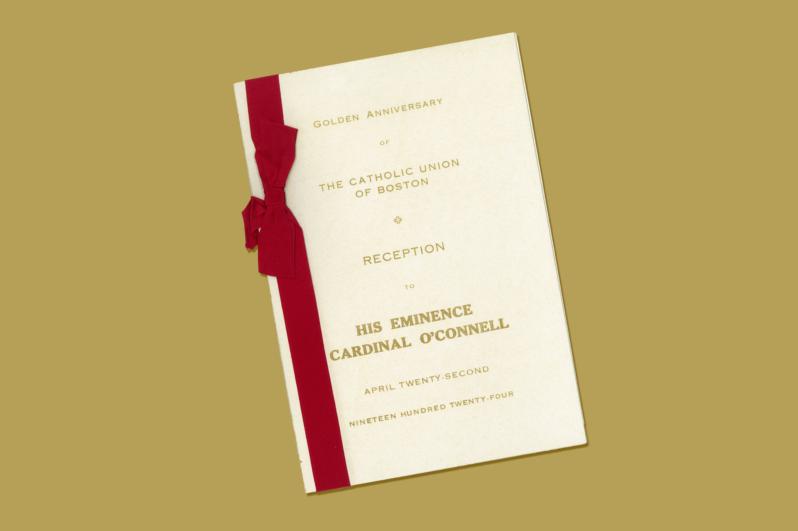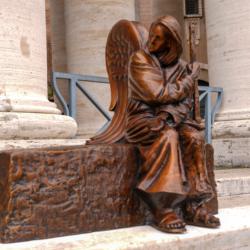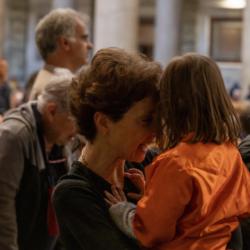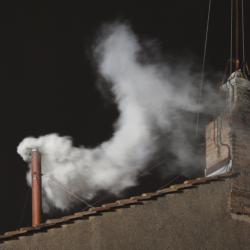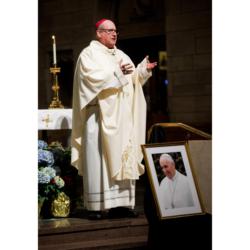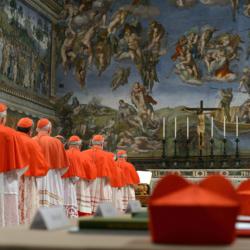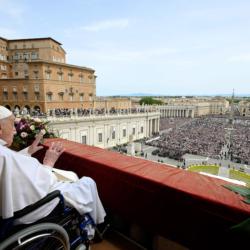The Catholic Union of Boston
As this column has previously discussed, Pope Pius IX (Pontificate, 1846-1878) had a long and turbulent tenure. For the purposes of this article, it is worth reminding readers that he presided over Vatican I from 1869-1870, which effectively concluded with the occupation of Rome by the forces of Italian unification. The occupation nullified the temporal powers of his office and, in his own view, rendered him a captive.
Considering his personal situation, a backlash against the reforms of Vatican I, and the authority of the Catholic Church being questioned in European nations, in 1873, Pius IX called upon Catholic laity around the world to unite "in the spirit of loyalty to the Church."
The response took the form of Catholic unions, lay organizations which, in the case of Boston, had the stated goal "of the promotion of virtue, learning and piety, for the intelligent consideration, and more efficient aid of educational, charitable and religious objects, and for the advancement of the best interests of the community."
The organization was first mentioned in The Pilot edition of March 29, 1873, which stated that "the formation of Catholic Unions throughout the world is a healthy fruit of sympathy with the sufferings of the Holy Father." Unions had already been formed in other dioceses, and the publication would "soon have the pleasing duty of announcing the formation of the Catholic Union of Boston," continuing that "the effect of these Catholic Unions will be felt in the community, and the wants of the Catholic population will the sooner become apparent."
By the time the article was published, the first meeting of the Catholic Union of Boston had already taken place, on March 3. That evening, 28 of the diocese's leading Catholics met with the purpose of forming a Catholic Union, among them were then-Bishop John Williams, Father James Augustine Healy, Father Theodore Metcalf, Patrick Donahoe (owner and editor of The Pilot), and John Boyle O'Reilly (future editor of The Pilot). Attendees unanimously adopted a resolution to form the Catholic Union of Boston, and a committee was appointed by Bishop Williams to nominate individuals to serve on the executive committee.
The second meeting took place on April 16 at which, The Pilot reported, the proposed constitution and by-laws were unanimously adopted and Father Theodore Metcalf, who this column has previously discussed in detail, elected its first president.
A relatively small amount of material in the archive relates to the Catholic Union of Boston, but enough to understand the context in which it was established and its intended purposes; extensive coverage of their activities can be found in past issues of The Pilot.
Among the documents in the archive is a circular letter dated Oct. 5, 1877, inviting the clergy of the Archdiocese of Boston to join the Union at their weekly Wednesday evening meetings. It states the invitation is intended to fulfill one of the purposes of the organization: establishing a closer relationship between the clergy and laymen of the archdiocese.
In addition, it provides details about the nature of the meetings, which served primarily as an opportunity "for conversational interchange of information and views relating to all subjects of interest to the Catholic mind." Often, the main feature would be in the form of a guest speaker who would present an essay or lecture on a given topic. The document states the expectation that every member "contribute the fruits of his study and judgment, and the deliberate expression of his best thoughts and information on subjects of public moment in which Catholic society is concerned, and on historical, scientific, literary, and all other subjects, by means of which right knowledge and true Catholic culture may be promoted."
It closes, "let us prove by our regular attendance and our contributions, what is a logical fact, that the Catholic religion enables a man to be the more soundly informed and better cultivated." It asks the recipient to do his part and, as early in the season as possible, to bring one or more essays to be presented.
Other social activities of the Union included gatherings with families and hosting public concerts and receptions. They also undertook charitable work. Among their most acclaimed accomplishments was successfully advocating for inmates at city institutions to be granted freedom of conscience and access to regular services with a Catholic priest.
The Catholic Union of Boston is noted to have, at its peak, reached about 400 members. It appears to have been active until about 1937, then there is a gap in the record, until a public letter issued in 1946. The letter acknowledges a decline in membership and activities, attributing this to the fulfillment of the Union's original purpose and the advent of World War II, and expresses the hope of reviving the organization. There was no documentation readily available to elaborate upon the results of this attempt.
- Thomas Lester is the archivist of the Archdiocese of Boston.
